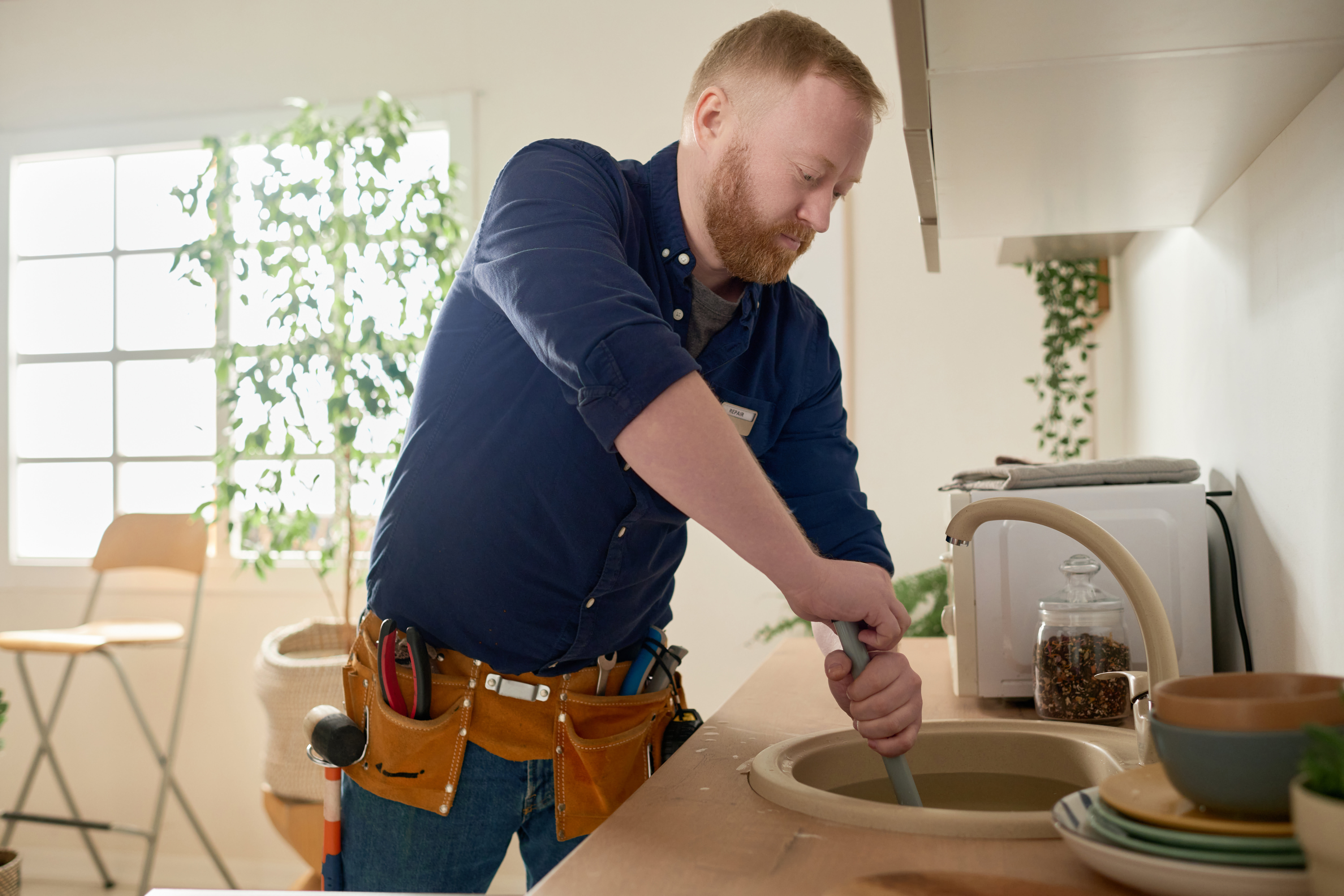The decision to spay or neuter your pet stands as one of the most significant choices in responsible pet ownership. Finding the right animal hospital in Summerville SC for your pet’s spay or neuter procedure requires careful consideration. According to veterinary experts at Coastal Creek Animal Hospital, these procedures offer numerous benefits for both pets and their owners. Recent studies show that by age three, 80% of dogs and 70% of cats develop oral disease, making early preventive care crucial.
The Basics of Spaying and Neutering
Spaying involves removing a female pet’s ovaries and uterus, while neutering removes a male pet’s testicles. These routine surgical procedures are performed under general anesthesia by qualified veterinarians.
The optimal timing varies by species and breed. For cats, the procedure is recommended by 5 months of age, while dogs may have different timing requirements based on breed, size, and other health factors.
Health Benefits for Female Pets
Female pets experience significant health advantages from spaying. The procedure eliminates the risk of ovarian and uterine cancer, while also reducing the risk of mammary tumors, which are malignant in about 50% of dogs and 90% of cats.
Studies show that spayed female dogs live 26.3% longer than unspayed females. The dramatic increase in lifespan relates directly to the prevention of reproductive diseases and certain cancers.
Health Benefits for Male Pets
Neutering male pets prevents testicular cancer and reduces prostate problems. The procedure also decreases the likelihood of certain behavioral issues that can lead to injury.
Research indicates that neutered male cats live 62% longer than intact males, while neutered dogs show an 18% increase in lifespan. This significant difference stems from reduced roaming behaviors and associated risks.
Behavioral Improvements
Spayed females no longer experience heat cycles, eliminating associated behaviors like excessive vocalization and restlessness. This change creates a more peaceful home environment for both pets and owners.
Male pets show reduced aggression and territorial marking after neutering. They become less likely to roam or engage in fights with other animals, significantly decreasing their risk of injury or exposure to diseases.
Population Control Impact
One unspayed female dog and her offspring can theoretically produce 67,000 puppies in just six years. Spaying and neutering directly combat pet overpopulation in communities.
This reduction in unwanted litters helps decrease the burden on animal shelters and reduces the number of stray animals in communities. The result is fewer homeless pets and better resources for existing shelter animals.
Cost Considerations
While the initial cost of surgery may seem significant, it proves more economical than caring for unexpected litters or treating health issues that arise in unaltered pets.
The procedure also prevents expensive emergency veterinary visits related to reproductive issues, such as pyometra in females or testicular torsion in males.
Recovery and Aftercare
Most pets recover quickly from these routine procedures. The recovery period typically requires keeping pets calm and quiet for a few days while monitoring their incision site.
Your veterinarian will provide specific post-operative care instructions, including pain management and activity restrictions, to ensure proper healing.
Common Myths Debunked
Contrary to popular belief, spaying and neutering do not cause weight gain in pets. Weight management depends on proper diet and exercise rather than reproductive status.
These procedures also don’t change a pet’s fundamental personality. Instead, they often result in calmer, more focused pets who maintain their playful and loving nature.
Long-term Quality of Life
Research demonstrates that altered pets generally live longer, healthier lives. A University of Georgia study found that the average lifespan of altered dogs was 9.4 years compared to 7.9 years for intact dogs.
These procedures reduce the risk of numerous health problems while promoting better behavior, resulting in a higher quality of life for both pets and their owners.
Age Considerations and Timing
Traditional recommendations suggested waiting until 6 months of age, but current research supports earlier procedures for some pets. Large breed dogs might benefit from delayed procedures to support proper bone development.
Each species and breed has unique considerations affecting optimal timing. Your veterinarian can provide specific guidance based on your pet’s individual characteristics and health status.
Making the Decision
Consider your pet’s age, health status, and lifestyle when planning these procedures. Consulting with a veterinarian helps determine the optimal timing for your specific pet.
The decision to spay or neuter represents a commitment to your pet’s health and community welfare. Your local veterinary clinic can provide guidance tailored to your pet’s individual needs and help schedule this important procedure.
Pre-Surgery Preparations
Veterinarians typically require blood work before surgery to ensure your pet can safely undergo anesthesia. This screening helps identify any underlying health issues that might affect the procedure.
Following pre-surgery instructions carefully improves outcomes. These usually include fasting guidelines and temporary restrictions on water intake before the procedure.
Final Thoughts
Spaying and neutering represent fundamental aspects of responsible pet ownership. These procedures offer numerous health and behavioral benefits while contributing to community welfare through population control.
Your pet’s health and longevity deserve careful consideration. Contact your local veterinary clinic to discuss spaying or neutering options tailored to your pet’s specific needs.










